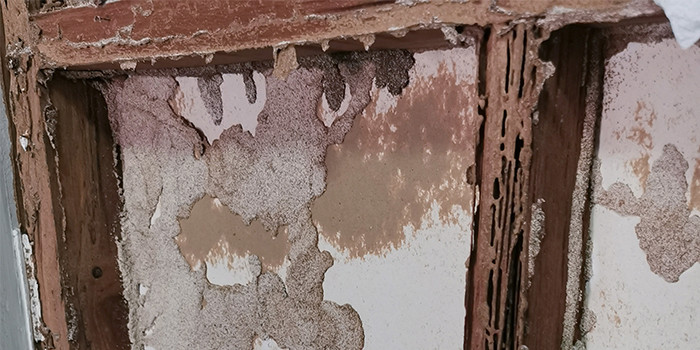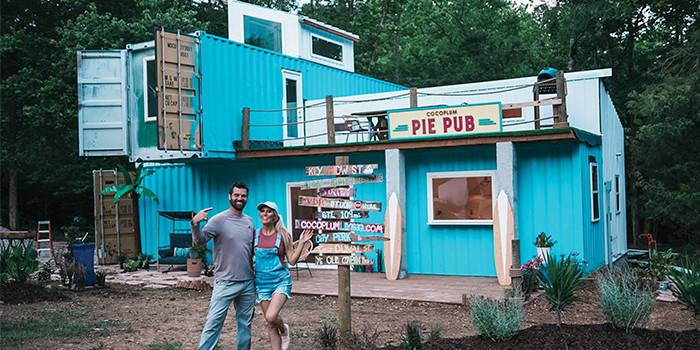Termites, Spray Foam, and Building Codes


Spray Foam Magazine – Late Summer 2021 – Changing practices by pest management professions (PMPs) have impacted the ability to insulate crawlspaces with SPF in regions of high termite infestation–essentially impacting all wood-framed buildings in the southern United States. Most termite bonds do not allow homeowners to make certain home modifications. PMPs have begun cancelling termite bonds after homeowners install SPF insulation to upgrade their homes’ energy performance. This undermines energy efficiency and leaves consumers vulnerable to moisture issues, rot, and could lead to less comfortable homes.
Sweet Home Alabama
In late 2016, Alabama PMPs began voiding termite warranties in homes with SPF because they cannot perform annual visual inspections behind SPF as required by their warranty programs. The SPF industry responded with guidance suggesting modified SPF applications and alternative termite detection methods including infrared cameras and acoustic emission devices. PMPs dismissed these inspection means in favor of simpler, less-costly visual inspection methods, despite their 25-30% detection rate.
Georgia on my Mind
In late 2019, this issue resurfaced in Georgia. The Georgia Structural Pest Control Commission, a PMP-led state agency, submitted a code change proposal to the Georgia Department of Community Affairs that eliminates permanently installed insulation on the rim joist and sill plate and requires the use of a removable, air-permeable fiberglass batt coupled with caulk sealants.
The GSPCC proposal will negatively impact consumers. The FFI is a major source of air infiltration and must be addressed to meet air tightness requirements of current energy codes. Sealing the FFI protects homeowners from energy loss, moisture intrusion, etc. Sealing this area with caulk is impractical. Further, the GSPCC proposal requires the removal and reinstallation of fiberglass batts during the termite inspection. The continued removal of batt insulation will dramatically reduce R-value.
SPFA and SFC developed an alternative code change proposal that allows two options for insulating crawlspaces. The first option includes the GSPCCs proposal. The second, applicable mainly for new homes, requires the use of treated lumber, termite shields and exposing the side of the sill plate for visual inspection. Several experts, including Dr. Joe Lstiburek and the Building Performance Institute agree with the SPF industry’s position.
The SPF industry proposal was not approved by GDCA’s Energy, Residential and Building Amendments Subcommittee and Code Advisory Council. Instead, they approved the GSPCC proposal and it will be sent for public comment before a final September vote.
Down the Road
If left unopposed, the situation in Georgia could eliminate SPF in encapsulated crawlspaces in other states or even in national model building codes. It can also set a precedent for future limits on the use of SPF in other locations in wood-framed buildings. To learn more about termites and SPF, view the industry guidance here: www.sprayfoam.org/compatible
Building and energy codes should not be used to block market access for SPF in a manner that negatively impacts homeowners. The SPF industry, through SPFA and SFC, will continue to monitor these code developments. At certain points in the process, we may need to mobilize contractors and their customers to oppose these types of code changes. To join our network help with these grass roots efforts, please contact Rick Duncan (rickduncan@sprayfoam.org). SPFA membership is not required.
Disqus website name not provided.






































